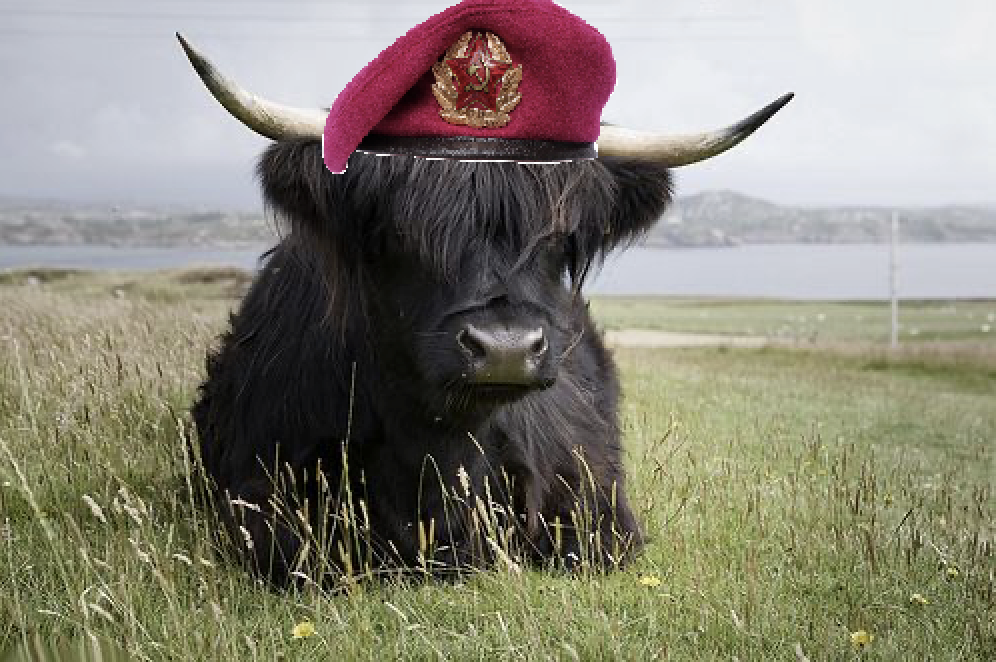Burkina Faso has introduced its first fully indigenous electric vehicle (EV), the ITAOUA. Designed and manufactured entirely by Burkinabe engineers, the ITAOUA boasts an impressive range of 330 kilometers after just a 30-minute charge, as reported by the car manufacturer. The first two models of the brand are called Native and Sahel.
The production facility, situated in the prestigious Ouaga 2000 district of the capital, is the brainchild of a visionary Burkinabe entrepreneur aiming to position the nation as a technological leader in the region. The company emphasised, “Burkina Faso has just proven that innovation is not the preserve of great powers, but that it can also germinate, grow, and radiate from the heart of Sahel in Africa.”



It is true that the indigenous label may not be fully accurate. However, this doesn’t mean that this wasn’t made in Burkina Faso as you later mentioned. This news expands on this: https://www.toutiao.com/article/7468169115267416595/?upstream_biz=doubao&source=m_redirect